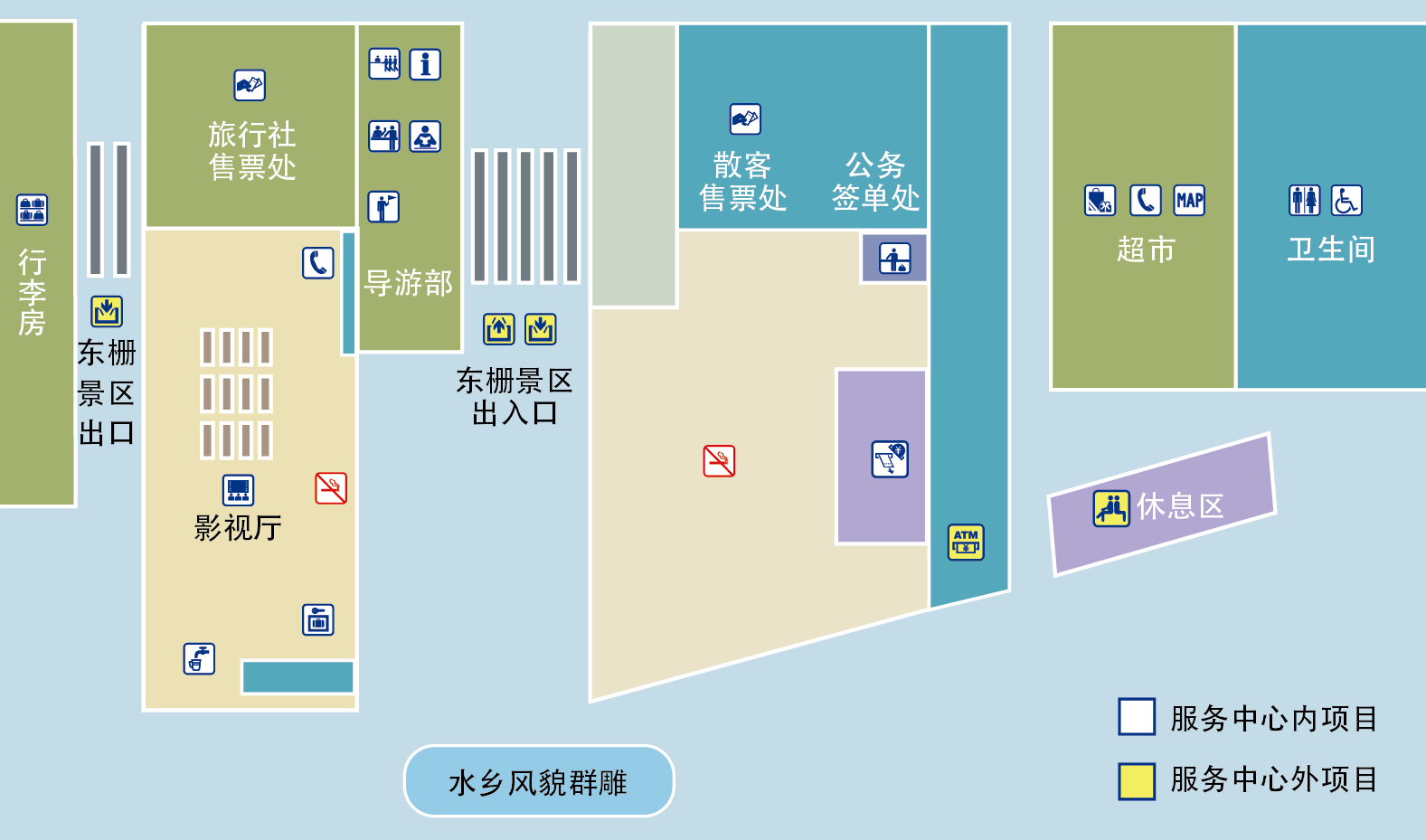

Lao was styled Jixuan, literarily labeled Yuchu (with home office as Juzhai) and Rensou in later years. He hailed from a revered clan of the Qingzhen town (the east-bank Qingzhen and west-bank Wuzhen incorporated in 1950 as modern-day Wuzhen), when his grandfather moved from Suzhou to inhabit here. An advocate for alphabetic writing, Lao is known as a phonologist in history.
In the 10th year (1871) of Emperor Tongzhi’s reign during the Qing Dynasty, Lao passed the final-level imperial examination as a jinshi. Lao then entered the royal official system, first in compiler-ship at Baoding Annals Bureau and magistracy of counties in Hebei Province, then the post as provincial Supervisor of Education in the Jiangning Prefecture (present-day Nanjing), presidency with Imperial University of Peking (now Peking University) and Board of Education deputy & acting ministership, as well as supervisorship of Shanghai Nanyang Public School (Shanghai Jiao Tong University), and then of Hangzhou Qiushi Academy (Zhejiang University), Lao marked a name in the triplets of big-name facilities for his eye-catching presidencies.
Post the Republic of China, Lao turned a diehard activist for the imperial Restoration, forming a society—the 10 Old-timer League in an attempt to revive the deceased dynasty of the Qing. When in vain to undo the final nail in the court coffin, Lao resorted to a retreat in Mount Laoshan, in a homonymic nod to his surname. From political to apolitical, he sought solace in the loud landscape which was seemingly intertwined with his descent in his belief. His downtime lasted a full decade, when Lao offered a hand in the translation of the Book of Changes to Richard
Wilhelm, a German missionary. Once complete in print, the opus made a hit in the West. The translators brought him a life-changing offering, as per Carl Gustav Jung, a Swiss psychologist and philosopher. On July 21, 1921, an illness took Lao away in Qingdao.
A luminary in phonology, Lao amassed his expertise into the 1883-edition book—Glimpse at Phonology, the one and only Qing monograph, also the all-time latest. Into two schools since the late Ming Dynasty, the phonology had Central China Phonology representing the Northern—all 36 letters deleted, and Hongwu Mandarin Phonology symbolizing the Southern—sonants (voiced sounds) of all 36 letters retained. (Hongwu, a Ming reign) Falling into the Southern system, his work Glimpse at Phonology comprises internal and external parts. The former features the 3 outlines of initial consonants, vowels and four tones, involving 10 charts from alphabet, rhymes to four tones. The latter includes 8 sections, ranging from alphabet, rhymes, four tones, alliteration & assonance, fanqie (2 characters as phonetic marks, picking initial consonant from the 1st, and sonant & tone from the 2nd), shezi (conjecture), pronunciations to miscellany. Precisely in phonology, the offering proved a well-knit, clear-cut read, definitely an inspiration for modern-day phonetics.
In alphabetic or pinyin writing, Lao was tagged as a modern pioneer. The compound phonology of Mandarin initiated by Wang Zhao was limited to spell the Northern dialect. In 1905, Lao filled in gaps by some additions, e.g. 6 initial consonants, 3 vowels and 1 entering tone, in order to shift the Lower Yangtze Mandarin (the now Jiang-Huai Mandarin.) Hence, the Nanjing Phonology (Ning Yin Pu) came into being, an offprint as Revised Compound Phonetic Signs released in Nanjing. In this context, he introduced a further 7 initial consonants, 3 vowels and 1 sonant to spell the Wu vernacular, hence, the Suzhou Phonology (Wu Yin Pu), in print in Nanjing as Enlarged Compound Phonetic Signs. To add a finishing touch, another makeover brought in 20 initials and 2 vowels, making it Min-Guang Phonology, going without an offprint. Contrary to the Wang Zhao’s Outline on Mandarin Phonetic Signs launched in 1907, the same-year edition of Phonetic Signs on Phonology by Lao, was a consummation of 4 systems, Mandarin, Ning, Wu and Min-Guang, separately spanning the areas of Beijing, Nanjing, Suzhou, Fujian, Guangdong and Guangxi. In 1909, the Phonetic Signs Institute was born in Beijing, a trailblazing societal facility under Lao and his peers like Zhao Binglin and Wang Rongbao, to push the reform of Chinese characters. In the south, Lao’s mission earned wide popularity, making him the very forerunner in the history of the Chinese Pinyin campaign to bridge dialects and Mandarin. Literally, the linguist was a signature existence inspiring the subsequent program of the National Phonetic Alphabet.
Lofty and loyal, Lao was a fabulous figure out of the historic Wuzhen, from a grounded grassroots official to the presidencies of the 3 pioneering, polished universities, to the linguist maven. As a legacy storyteller, Lao left an amazing mark in history, overshadowing his diehard role to keep the outdated feudalism afloat.
Advanced in years, Lao in exile was inflicted with nostalgia for his childhood home—the town of Tongxiang, as cited from the poem, Ode to Fushan Retreat away from Capital:
The hilly hometown south of the clouds
The homesick farming in Taihang Mountains
A non-southerner in the eyes of locals
A revered official like back in Tongxiang town
Keyword:

